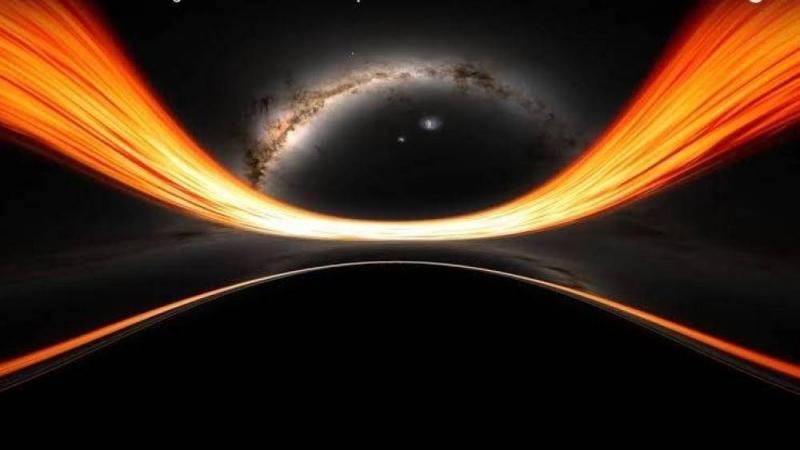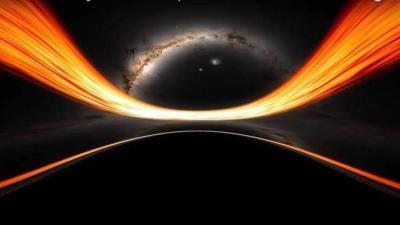The U.S. space agency NASA has unveiled a new simulation, describing it as a "realistic depiction" of what it would look like when an object is absorbed into a black hole. The agency utilized a powerful supercomputer to create the simulation, presenting viewers with two different scenarios: one showing the first-person perspective of an astronaut who just passed the event horizon, or the point of no return, of the black hole and bounces back, and the other scenario showing one that crosses the boundary and enters the event horizon.
According to NASA, the black hole is similar to the one found at the center of the Milky Way, where the event horizon extends to 16 million miles. Scientists at NASA’s Goddard Space Flight Center in Maryland worked to create a simulation to understand how the universe would appear once outside the event horizon of a supermassive black hole.
The project took five days of work on NASA’s giant supercomputer, Discover, resulting in the production of about 10 terabytes of data, as reported by the British newspaper The Independent. The video shared by NASA showcases the vast scale of black holes by comparing the black hole TON 618 to the size of the solar system.
The massive black hole featured in the simulation is equivalent to the black hole located at the center of our Milky Way galaxy, which has a mass approximately 4.3 million times that of the Sun. The event horizon of this black hole is about 25 million kilometers, while the speed of the camera entering it approaches the speed of light.
Research indicates that the orange and yellow photon rings around the black hole become distorted as the camera enters a region where "spacetime" is warped. "Spacetime" is a term that combines the concepts of time and space, referring to space in its four dimensions, which include the three spatial dimensions we know (length, width, and height) along with time as the fourth dimension.
According to the simulated scenario, within the center of the black hole, the perception turns black when the camera reaches a one-dimensional point called "singularity," and once the camera crosses the horizon, its destruction occurs just 12.8 seconds later.




